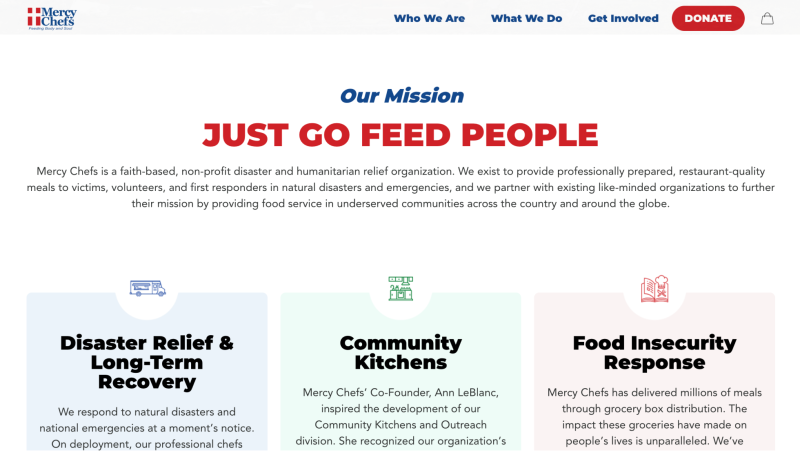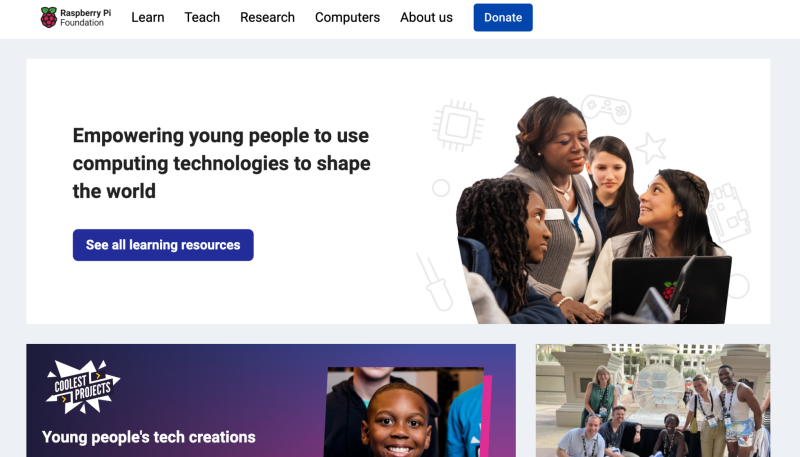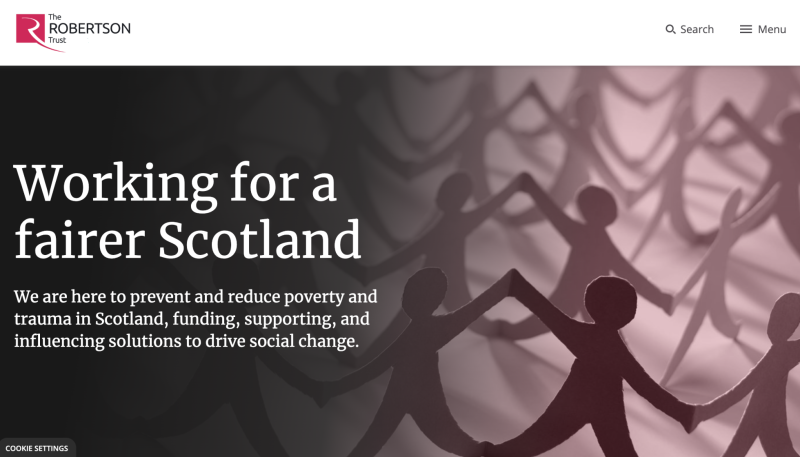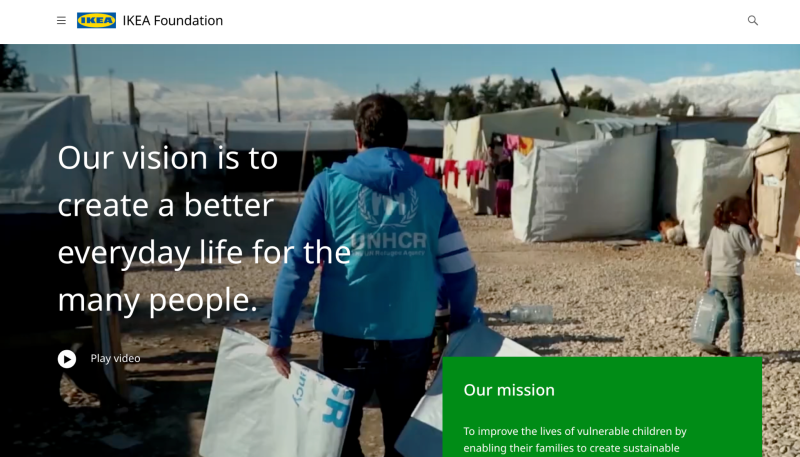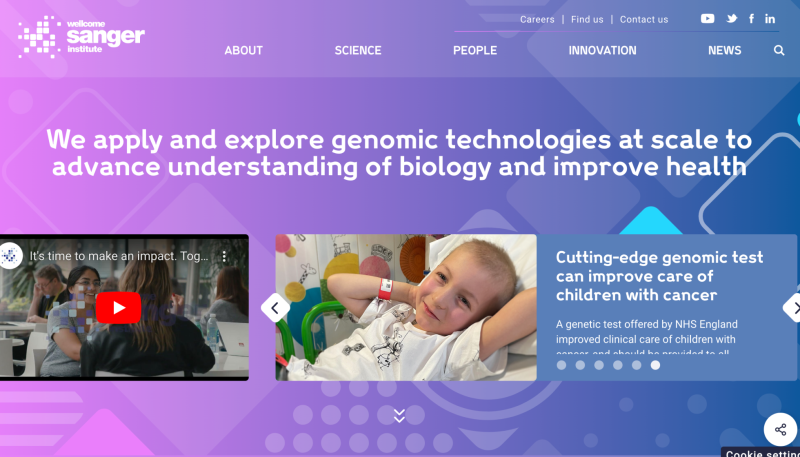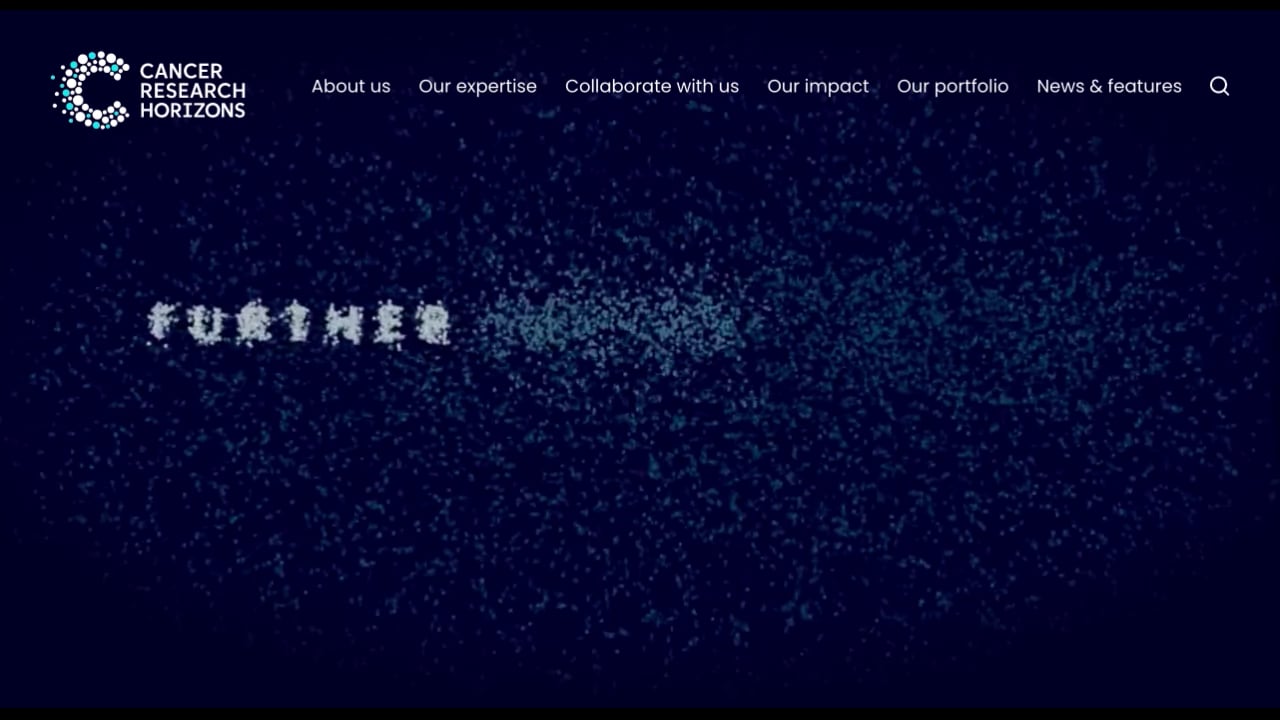Charity websites need to get their mission across to be effective. In this article, we lay out how they can achieve this.
Every charity has a mission, but some charity websites are far more effective than others at communicating it. It starts with a clear and concise mission statement that gets across exactly what you’re trying to do. But a great mission statement is just the beginning. To communicate your mission effectively, you should weave it into every aspect of your website, from the design to the information architecture, to leave a lasting impression on your visitors and drive them to act.
Effective mission statements
